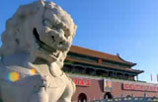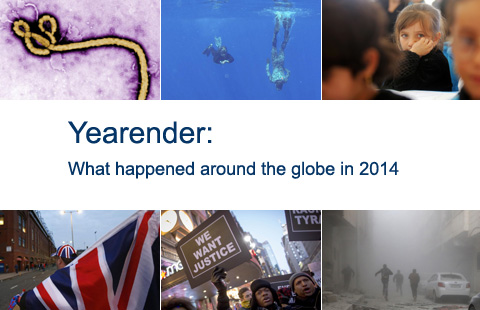China's luxury big spenders: young, trendy and not so rich
Updated: 2015-03-16 08:23
(Agencies)
|
|||||||||||
The Bain study showed that daigou had an estimated market value of 55 billion yuan ($8.96 billion) to 75 billion yuan in 2014, which contributes to the fact that 70 percent of luxury goods bought by Chinese were purchased abroad or through daigou services.
A report from Fortune Character, a domestic luxury market research institute, claimed that Chinese customers brought a whopping 46 percent of global luxury goods worth $106 billion in 2014, compared with a mere $25 billion rung up domestically.
Among Bain's 1,400 respondents, 70 percent said they had used daigou: Competitive pricing, convenient mobile applications and safer payment methods were all cited as determining factors.
Adaption
Confronting the "new normal" of lower long term growth and emerging sales channels, such as daigou, global luxury producers are actively adapting themselves to the changing market dynamics.
Winning the country's growing middle class has become the priority for struggling luxury brands as a McKinsey & Co report predicted that the nouveau riche in second and third tier cities would be the new drivers of the domestic luxury market.
According to the firm's predictions, this group, who do not frequent luxury shops, now accounts for up to 61 percent of luxury customers.
Brands such as Louis Vuitton, Gucci and Coach are all actively shifting their strategies -- ditching flashy logos being the most notable trend -- to woo this newly emerged group, who are believed to have a different understanding of "luxury".
In its Shanghai-based flagship store, Coach has minimized the number of handbags emblazoned with its iconic logo, this category now accounts for less than a quarter of the store's display.
Gucci, instead of "standing high above the masses", streamed its fashion show online. Other mainstream luxury brands including Tiffany, Catier and Chaumet invited popular fashion bloggers from China to their events.
In addition, accounts on China's many social networking sites has become a must for luxury brands wanting to promote new collections.
Cosmetic brands, such as Clinique, have lowered the prices of some products in China. Luxury watch brands, including Zenith and Hublot, are expected to be priced the same in Chinese and overseas shops.
Zhou Ting, president of the Fortune Character Institute said the "consumption drain" following the variation of information and purchase channels has prompted luxury brands to consciously slash prices in China.
Related Stories
Luxury labels embrace "new normal" as Chinese market shrinks 2015-02-25 17:34
Chinese not out of love with luxury 2015-03-09 08:26
Reluctance to spend big at home is the reason 2015-03-09 07:54
Affordable luxury comes to the fore in China 2015-03-09 07:50
Living in the lap of luxury 2015-02-19 15:40
Today's Top News
Putin to meet Kyrgyz president in St. Petersburg
Film on Crimea sparks off quarrels
Germany seeks co-op with China in high-tech area
Air China to start Budapest-Beijing flight, Hungarian minister says
UK seeks to join China-proposed bank
China has 'huge growth potential'
72% worry about retirement life
Fears voiced over violent scenes
Hot Topics
Lunar probe , China growth forecasts, Emission rules get tougher, China seen through 'colored lens', International board,
Editor's Picks

|

|

|

|

|

|





